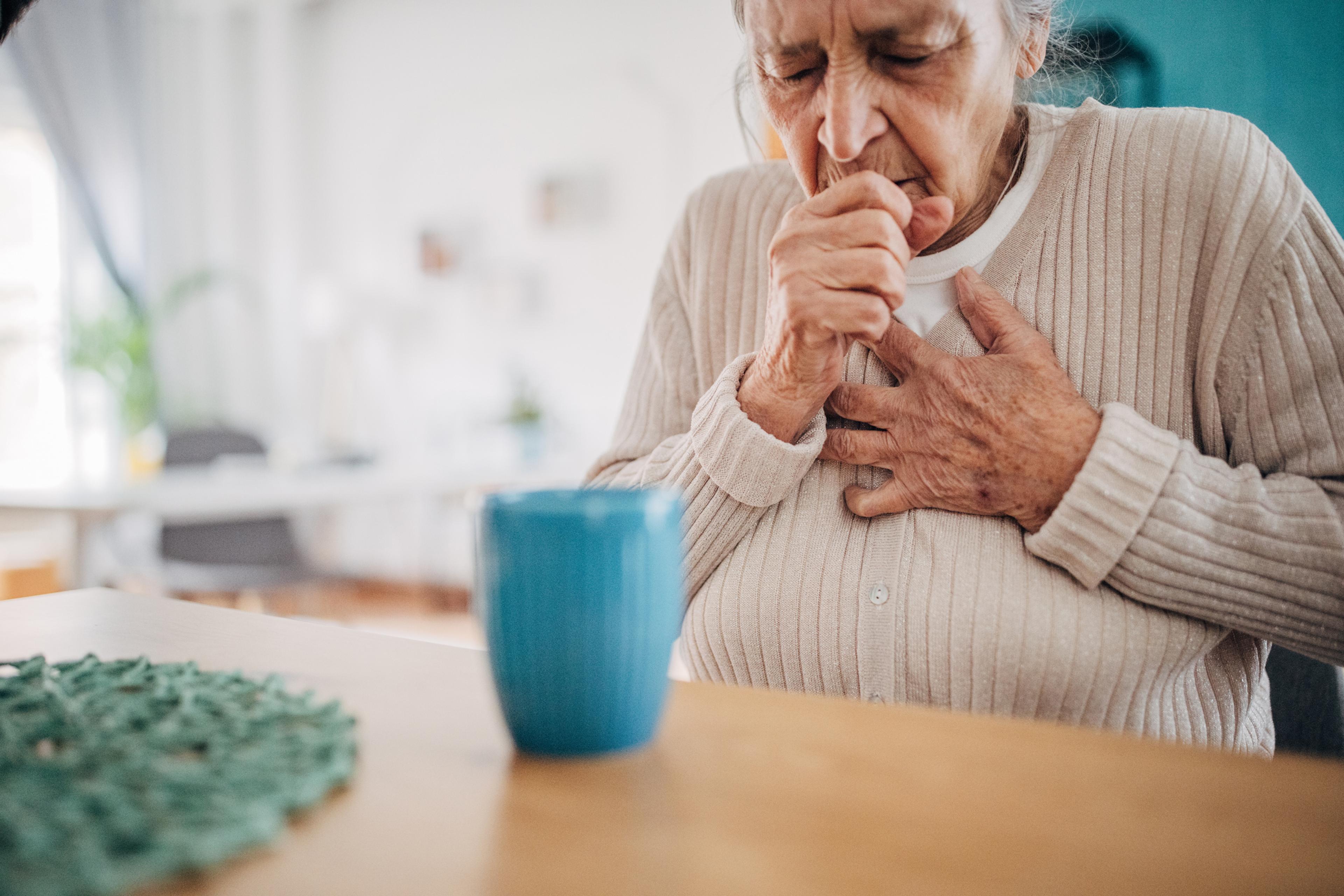GLP-1 for Weight Loss: Study Shows Most Patients Drop Out of Treatment Plan Before Achieving Real Weight Loss Results
Jake Newby
| 5 min read

Seven out of 10 adults and three out of 10 children in the United States are obese or overweight, according to the Centers for Disease Control and Prevention (CDC). Adults with obesity average a total of $1,861 more in medical costs annually than people of a healthy weight. For these reasons and more, there has been a massive increase in glucagon-like peptide 1 (GLP-1) agonist use for weight and obesity management.
GLP-1 agonists are a class of medications that help patients treat type 2 diabetes by managing their blood sugar. These medications have shown to be effective in promoting weight loss in preclinical and clinical studies. GLP-1-type drugs currently in the late phases of development can help people lose more than 25% of their starting body weight, rivaling the amount of weight loss achieved after most bariatric surgeries.
When weight management interventions are used successfully, they can lower health care costs and risks associated with obesity. But sticking to a treatment plan when prescribed these medications is key. New research states that many people are not doing that.
By the numbers: the rise in GLP-1 costs
Since the Food and Drug Administration (FDA) approved Wegovy – a manufactured version of GLP-1 that targets several areas of the brain to regulate appetite and food intake – net sales of all anti-obesity medications in the U.S. have skyrocketed. For both Blue Cross Blue Shield of Michigan (BCBSM) and Blue Care Network (BCN), book of business data shows this sharp increase as well.
The combined BCBSM and BCN Large Group fully insured book of business had approximately 8,600 members on weight loss drugs as of March 2024. The number of members on GLP-1’s for weights loss is projected to grow significantly throughout the remainder of 2024 and into 2025. Internal projections suggest that annual approved claim costs for GLP-1 weight loss will eclipse $100 million for 2024 and grow to more than $170 million in 2025 for this market segment. These projections are in comparison to actual GLP-1 weight loss spending of approximately $8 million in 2021, $19 million in 2022, and $62 million in 2023.
The $62 million in GLP-1 weight loss spending for 2023 accounted for more than 5% of total customer pharmacy costs for BCBSM and BCN Large Group fully insured members. Projections suggest that this figure could approach 10% in 2025 if nothing changes.
The statistics show that these medications are obviously expensive. To make matters more pressing for Americans, there is a large disparity in pharmaceutical costs in the U.S. compared to other countries. Making these medications available to all obese Americans at their current price could eventually cost over $1 trillion per year.
When families and employers make a significant investment in medication, improved health should always be the outcome. Otherwise, we are just contributing to the country’s health care affordability crisis.
Are patients with GLP-1 prescriptions for weight management seeing results?
We have a lot more to learn about these medications before even more Americans are prescribed to take them. Any time an individual uses prescription medication, safety and effectiveness should be top of mind. When it comes to weight loss drugs, BHI data shows most people haven’t stuck with advised treatment plans long enough to see a benefit.
GLP-1 therapy typically only works if a person sticks to their treatment plan; patients on GLP-1 drugs should complete at least 12 weeks of continuous treatment to achieve clinically meaningful weight loss that positively impacts their health.
A new Blue Health Intelligence (BHI) study – based on data from nearly 170,000 commercial health plan members over the past 10 years – found that more than 30% of patients dropped out of treatment after the first four weeks, when the dose was still being increased to reach the targeted dose. Additionally, 58% of patients taking the medications for weight loss discontinued use before seeing a clinical benefit. These important findings were also uncovered during the study:
- Those who visited their provider more often during the first 12 weeks of treatment were more likely to be persistent.
- Individuals aged 35 to 54 and 55 to 64 were similarly persistent on GLP-1s for weight management.
- Young patients aged 18 to 34 were more likely to drop off treatment sooner than any other age group examined.
- Gender had no impact on dropout rates within the first 12 weeks.
- Patients who were prescribed GLP-1s by providers with expertise in weight management and obesity – such as endocrinologists and obesity specialists – were more likely to complete at least12 weeks of treatment.
- Individuals with coexisting health conditions – such as diabetes and liver disease – were more likely to continue treatment.
The research also found that people living with health inequities or those who live in underserved areas were least likely to continue treatment. Factors like cost, transportation and language barriers made it less likely that people with health inequities stay on GLP-1s. Clearly, where you live can impact your health. Inequities in care should continue to be addressed for patients living in underserved communities. As a society, we need to explore how better care management solutions can produce long-term benefits for all patients.
It’s important to note that weight loss isn’t achieved by simply filling a prescription. A patient’s chances of successful weight loss are greatly improved when paired with lifestyle changes like diet and exercise. In fact, these drugs are approved for use alongside a comprehensive diet and exercise regimen.
Side-effect management guided by health care providers with expertise in managing patients with obesity is also key; like all therapies, GLP-1s can cause side effects including nausea, vomiting and other gastrointestinal issues. Some of these may be serious enough to cause harm in people who take them.
Photo credit: Getty Images
More from MI Blues:





